Intreeducing: Holly the magician
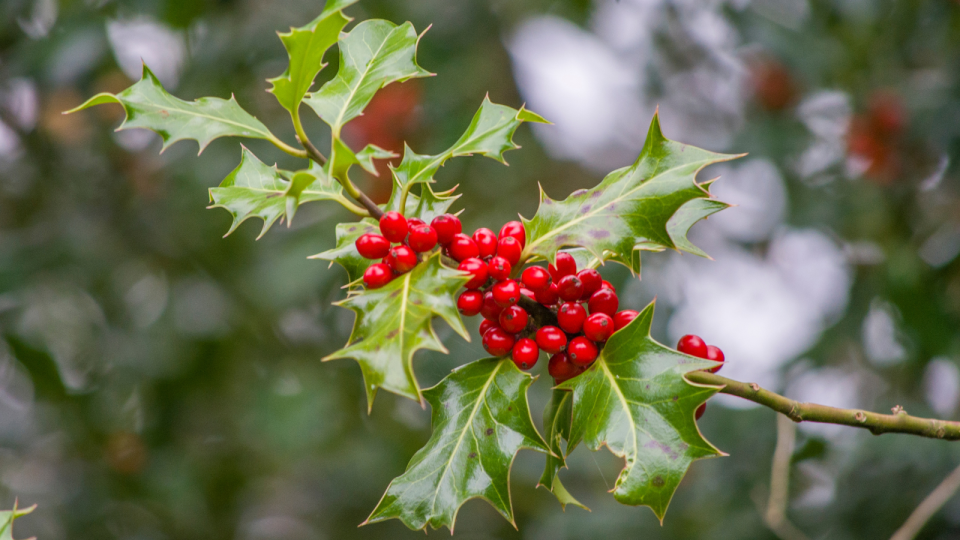
The holly tree represents an ancient symbol of hope in the cold, dark days of wintertime, but there's so much more to it than meets the eye...
There’s something deeply magical and cheerful about the glistening green holly leaves, so perfect for showing off the bright red berries. Rooted in the mists of time when people held dangerous spirits and dark nights at bay with its miraculous winter greenery, holly still holds sway over our imaginations today.
About holly
Holly is the UK’s most common evergreen, brightening up the dark corners of woods all over the country. It's known for its tough and spiky leaves, a great defence mechanism against browsing animals such as deer, cattle and sheep. There are over 200 cultivated varieties of our native holly and while the Latin name, ilex aquifolium, means ‘with pointed leaves’, not all of them are prickly.
Holly trees are dioecious, meaning each plant is either male or female, unlike many other tree species that have both male and female parts on the same plant. Female holly plants produce berries, but for this to happen, a male plant must be nearby to enable cross-pollination. To find out the sex of a holly plant you have to wait until the plants begin flowering, usually between 4 and 12 years of age. Both male and female holly trees produce red buds that bloom into small white flowers in May. The berries begin forming in July but remain hard and green until the following summer. Holly trees are pollinated by insects, and their seeds are dispersed by birds, which eat the berries and help the seeds germinate after passing them through their digestive systems.
Holly is one of our smaller trees, growing to around 10-25m tall, but we mostly see it kept compact as a bush. The leaves are evergreen, lasting about five years. A holly tree can live up to 500 years, but usually does not reach 100.
Holly, or European holly as it is sometimes known, occurs naturally in western, central and southern Europe. It also occurs in North Africa and further east in the Caucasus Mountains and northern Iran. It has also been introduced to a number of other countries, including New Zealand, temperate parts of Australia and the Pacific Northwest of North America, in all of which it has caused problems as an invasive species.
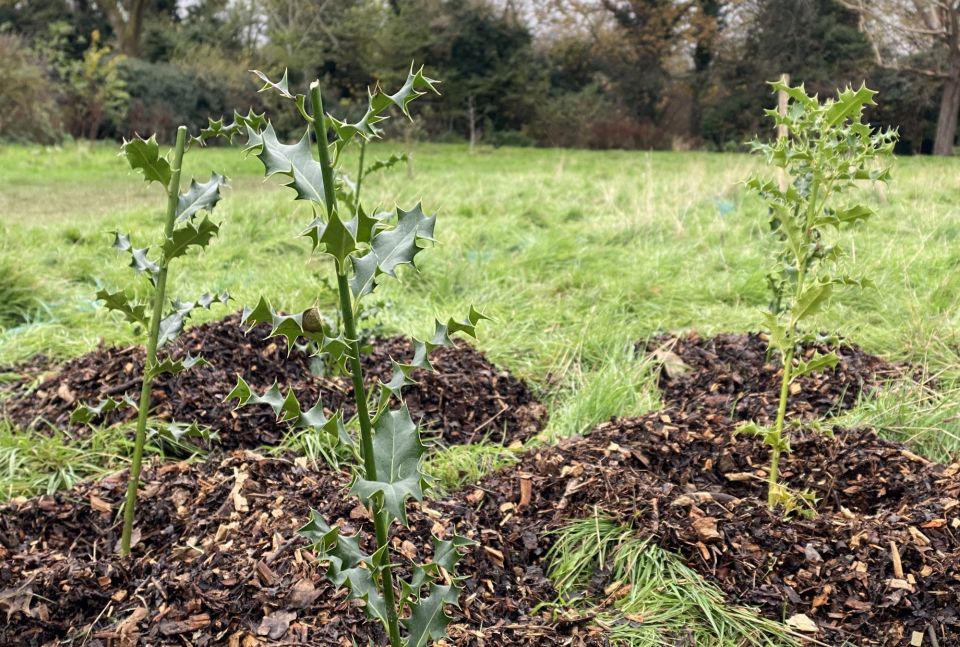
Holly and nature
Holly's spiky nature not only protects itself but also provides a refuge for birds who nest and roost there safe from predators. The berries are an important source of food for many birds and wild animals, especially during winter’s time of scarcity.
Holly is very clever and arranges the timing exactly to control how its seeds are dispersed. In autumn and early winter the fruits are hard and bitter because of mildly toxic compounds. Repeated winter frosts break down these compounds making the berries tastier in late winter and early spring when most other berries have long gone. But they are still slightly toxic so creatures will only eat a few at a time. This leads to frequent visits and seeds are spread in droppings in lots of different places over a long period of time.
Unlike other native shrubs, holly leaves are very tough and unpalatable to insects. Holly leaves provide food for just 29 species of insects, compared to nearly 200 for hawthorn and over 260 for blackthorn. The insects that do feed on holly include the beautiful holly blue butterfly, whose caterpillars feed on softer parts like flowers, young berries and young leaves, and holly leaf miners who lay their eggs on the underside of leaf stalks. Holly flowers are also nectar sources for insects such as bees, wasps, flies, and small butterflies.
Deer also rely on the smoother leaves as a source of food during winter, but that's where holly's clever defence mechanism kicks in! New, spikier leaves will sprout, causing the deer to look for something less painful to nibble on.
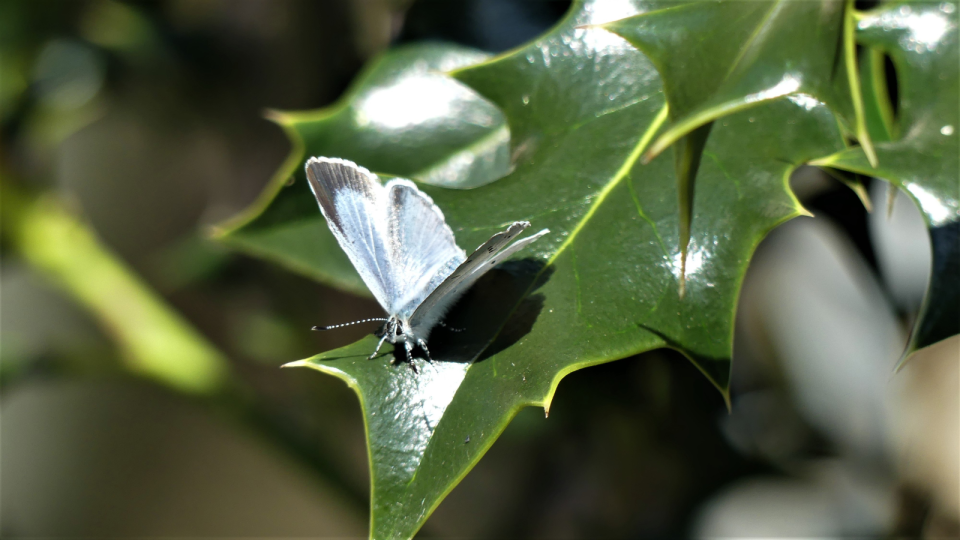
Holly uses throughout history
Between the thirteenth and eighteenth centuries, before the introduction of turnips, holly was cultivated for use as winter fodder for cattle and sheep. Many upland woods, especially in north-west England still have a strong understorey of holly because of this.
Furniture makers have prized its pale wood and used it for centuries, often in decorative marquetry and inlay work. During the second half of the 18th century, holly appeared more extensively in fashionable neo-classical furniture, either in its natural white form or stained with colours.
Holly’s hard, close-grained wood was also used to make chess pieces and tool handles. Folklore suggested that the wood had an affinity for control, especially of horses, and most whips for ploughmen and horse-drawn coaches were made from coppiced holly, which accounted for hundreds of thousands of stems during the eighteenth century.
Holly was once one of the traditional woods for Great Highland bagpipes before tastes turned to imported dense tropical woods such as cocuswood, ebony, and African blackwood.
Mythology and religion
While you're here...
Before we get to the extra interesting stuff, why not consider supporting our work in planting and protecting trees such as the holly? We've been bringing nature to towns and cities for over 30 years, but we can't do it without the support of tree-enthusiasts like yourself.
Back to holly! Winter festive celebrations wouldn’t be complete without those shiny, dark green leaves and bright berries in wreaths and garlands. This time of year brings with it many traditions and it is probably the one time when many of us still practice at least a few old folklore customs today. And here is where holly’s magic shines the brightest, it has a rich and varied store of stories and associations both local and more widespread. In fact too many to include them all here!
In many western Christian cultures, holly is a traditional Christmas decoration, used especially in wreaths and illustrations. It used to be referred to by the name Christ's thorn, with the crimson berries symbolising his blood and the evergreen a metaphor for life after death.
Holly was so strongly linked with Christmas that in some parts of Britain holly was just called Christmas, and in pre-Victorian times ‘Christmas trees’ meant holly bushes. Even the original yule log burnt at Christmas was holly. So much of Christmas as we know it stems from holly’s magic.
Since medieval times the plant has carried Christian symbolism, even expressed in song through the well-known Christmas carol "The Holly and the Ivy". Yet even here the reference to these two plants refers to a pre-Christian celebration, where a boy would be dressed in a suit of holly leaves and a girl similarly in ivy, to parade around the village, bringing nature through the darkest part of the year to re-emerge for another year’s fertility.
The use of holly as a symbol in Christianity stemmed from Paganism. When Christianity spread across Europe, many pagan customs were adapted into Christian traditions to ease the transition for converts. Holly was sacred to the Druids, who believed it offered protection from evil spirits and lightning. It was often brought indoors during winter as a symbol of life and protection when other plants were dormant.
In Celtic mythology, the Holly King was said to rule over half of the year from the summer to the winter solstice, then the Oak King defeated the Holly King to rule until the summer solstice again. These two aspects of the nature god were later incorporated into Mummers’ plays traditionally performed around Yuletide. The Holly King was depicted as a powerful giant of a man covered in holly leaves and branches and wielding a holly bush as a club.
Holly trees were traditionally known for protection from lightning strikes and so were planted near houses. In European mythology, holly was associated with thunder gods such as Thor and Taranis. We now know that the spines on the distinctively shaped holly leaves can act as miniature lightning conductors, protecting the tree and other nearby objects. Modern science occasionally catches up with an explanation for what may previously have been dismissed as superstitious lore!
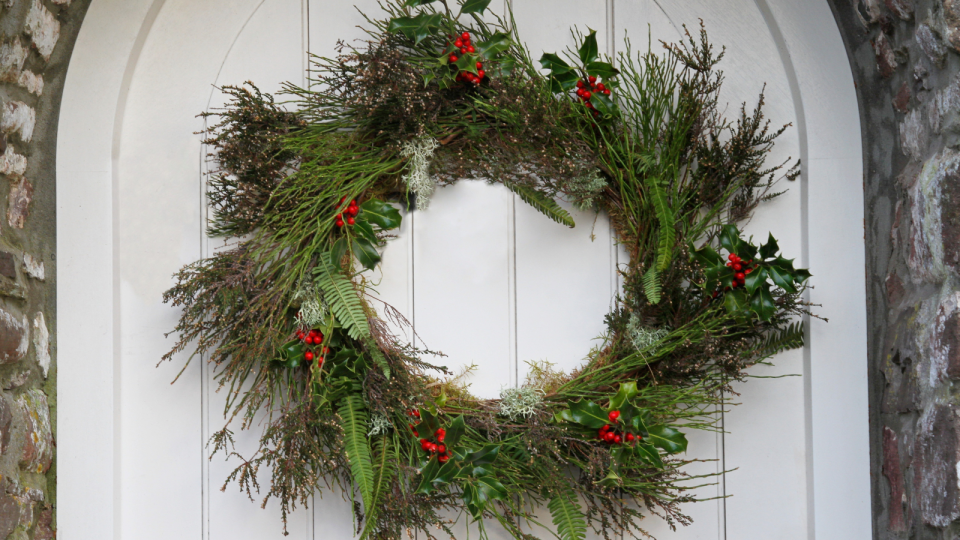
Celebrating holly
So now you're an expert on holly's role in nature, its uses and its history! If you have a garden, you can plant a holly bush to provide food and habitat for local wildlife. Or support our work and help us grow and protect native trees like the holly.
Stay connected to the trees
Our monthly e-newsletter delivers all things urban trees straight to your inbox. Full of our latest news and opportunities, its the best way to stay connected to trees even when you're not outside.
Discover more tree facts
-
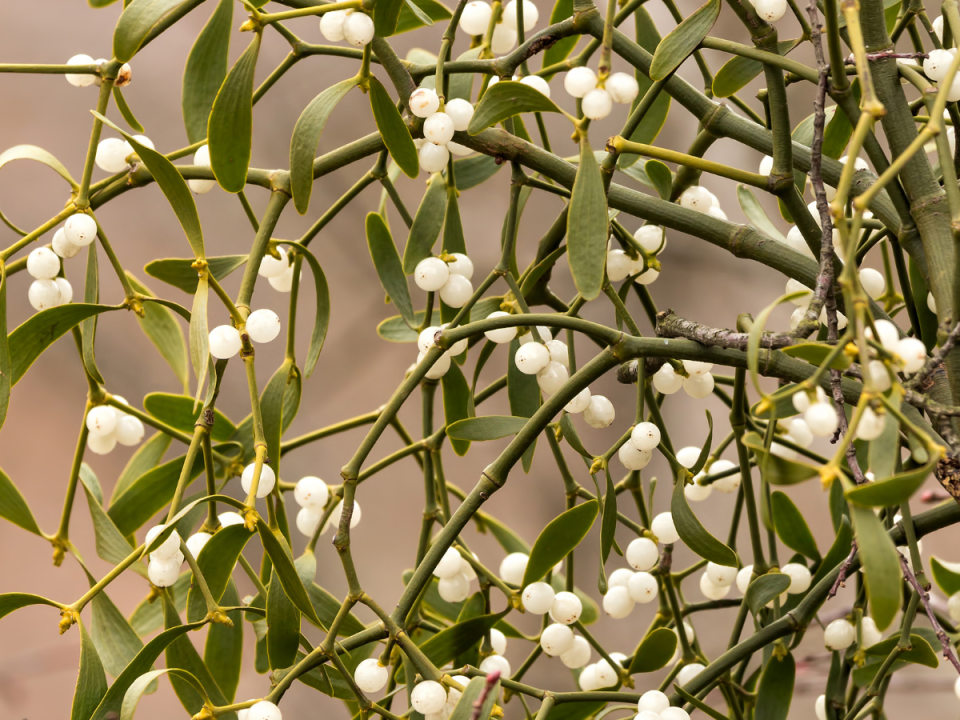
Going toe to toe with mistletoe
18 December 2020
Mistletoe certainly has a celebrated role in winter festivities. But what actually is it (hint: it's not a tree!) where does it grow and how did it end up associated with kisses?
-

Seven ways to make your Christmas more sustainable
15 December 2023
‘Tis the season to be jolly - while also helping the planet!
-
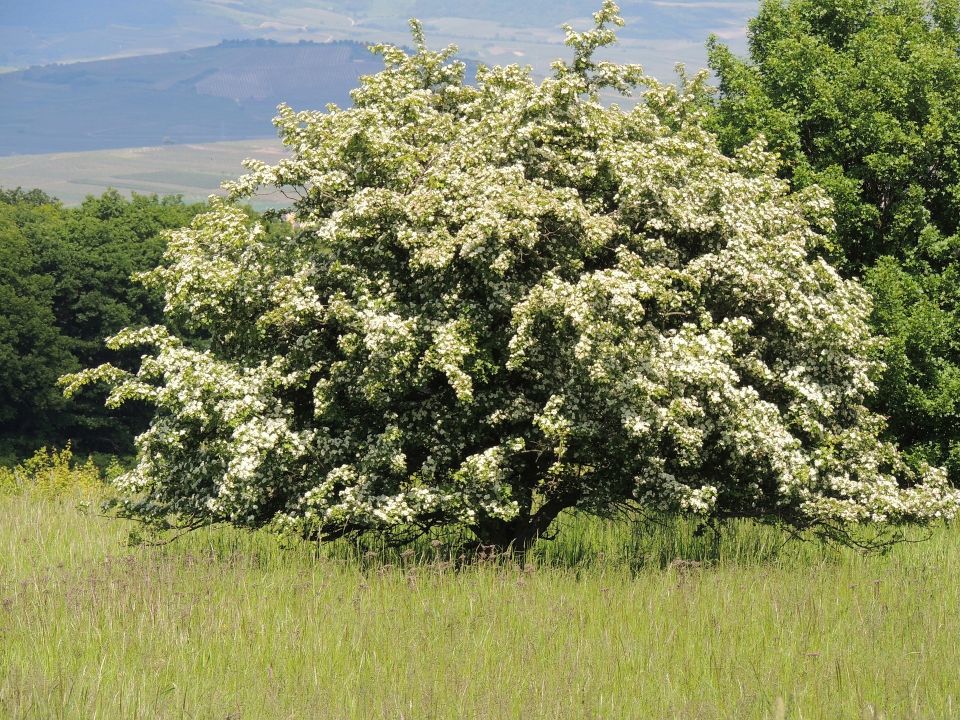
Intreeducing: Magical Hawthorn
27 July 2018
In our new series we take a closer look at the tree species we see around us every day, dig up their colourful past and look for secrets beneath their leaves. Meet the Hawthorn.
-

How to make the festive period greener
10 December 2020
Seasons greetings! Want to know how you can make the festive period greener, happier and healthier? Read on!
-
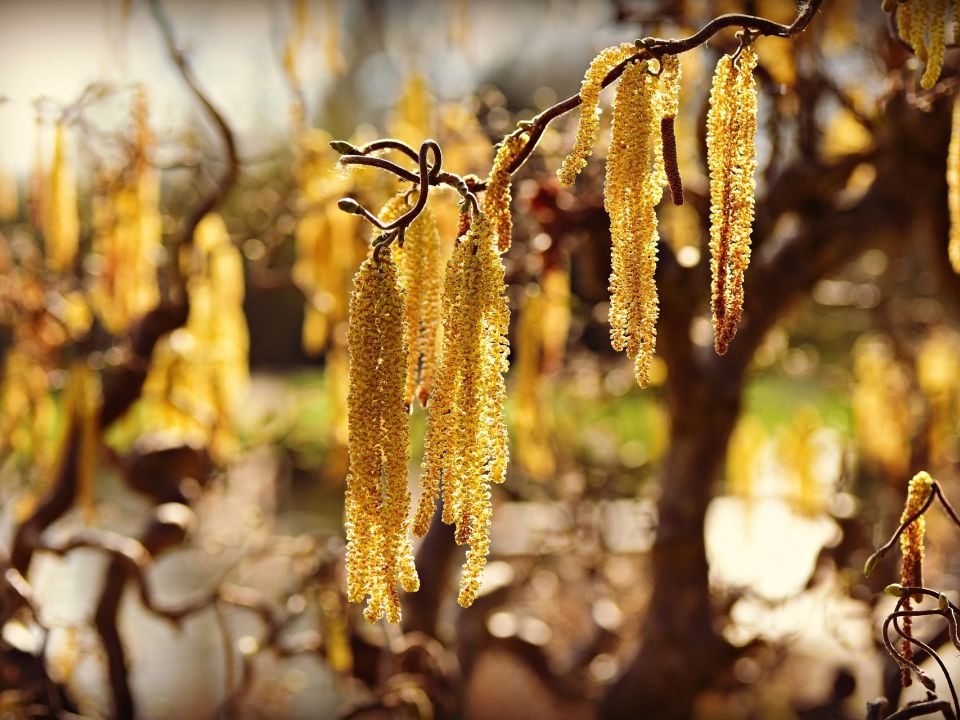
Intreeducing: the helpful hazel
9 March 2019
Although small and easy to overlook, that hazel has many powers, and is not one to be overlooked. Hazel is willowy, nutritious, crafty and has a fiery past.
Donate to Trees for Cities and together we can help cities grow into greener, cleaner and healthier places for people to live and work worldwide.
Donate